Time at Tartine
I’ve always documented the sources of recipes I share. Why?
I’ve noticed many years ago that most teachers lacked depth of knowledge. When I asked myself what my students deserved and how I might inspire change, I knew I did not want to teach diluted knowledge. Whilst I understand that people copy, celebrate and share, I equally regard lack of acknowledgement as an insult to both the person you are teaching and the originator of the technique or recipe. So, I hold myself to a standard, and when I teach, I share knowledge from an authentic experience. It is a standard that is as much about myself as the person who taught me firsthand knowledge, and it is always acknowledged in the recipe or lesson. Acknowledgement is as important as the privilege of teaching, even in my own research and development.
From 2011, following the publication of Chad Robertsons’ sourdough book, the most frequent question I was asked in class was what the difference is between San Francisco-style sourdough and French-style pain de Levain. I had a pretty good understanding of French pain de levain; it is practically in my blood, but really, to get under the skin of how Californian sourdough was different, I wasn’t prepared to pretend, regurgitate, or create poor imitations of a classic bread from a second-hand recipe. I refused to teach the retarded boule until
I had to find out the differences, which, despite having three small children, meant travelling 5000 miles to the west coast of California to spend time in the bakeries and learn first-hand the processes, the flour, and the timings, and eating lots of sourdoughs. When the opportunity came up to interview Chad Robertson, I got to spend almost three weeks in San Francisco and hang out at Tartine on the 18th in The Mission, and I also learned from all the other bakers in San Francisco. My Tartine recordings and photos were destined for the BBC Radio 4 Food Programme, but the recordings are now available to listen to in a Podcast of Baker Richard Hart below
Below is the article I wrote in 2016 as I returned from Tartine
June 2016 – I have been asked so many questions since I got home from my trip, and rather than reply individually, I thought I would answer all the questions here:
Whilst you were there, did you spend time with Chad Robertson?
No, not much. It was somewhat strange. After several months of emails, I flew over to meet Chad, do the recordings, and learn more about his approach to bread. I must admit to feeling somewhat taken aback that upon arrival in the bakery, as arranged, Chad was not there. After an hour of waiting, drinking coffee, getting odd looks from the staff and feeling that something was up, Chad’s PA emailed a brief line to say that Chad would not be meeting me as he was in Italy.
For a few minutes, I suppressed my jetlagged emotional response of feeling vulnerable and wanting to burst into tears. It was a big deal to travel so far, and it was also the anniversary of Mott’s Death. Yet in so many ways, this was a good thing that could have happened because a few minutes later, the head baker, Richard Hart, popped his head into the cafe area and told me not to worry, he would cover all the things I needed to understand, and he was amazing. As I got to work with and got to work with Richard Hart and the sourdough team in the bakery, I began to understand that it was Richard and the team who were doing the baking, and the time I spent with them was extraordinary.
Was Tartine porridge bread the best you’ve ever had?
Truthfully, yes. It was the best ever. The loaf that was outstanding was actually the porridge loaves, which Richard developed the method for after ” standing in line in a bakery in California chatting about porridge with a genuine 1960’s hippie.” Richard generously shared the technique and the thought process that made him rethink the way he approached porridge bread with me. It was a game changer, and I think that the porridge bread is the best Sourdough in the world. The second bread I fell in love with was the seeded Danish. It was amazing, and Richard Hart’s recipes can be found here, kindly donated to the Knead Peace book.
Will you be sharing or teaching the Tartine Method?
No. The BALM protocol means that I have my own ways of approaching diversity and lifestyle medicine into a retarded bread. I prioritise diversity by using museli that includes legumes, and botanicals, and live finishes to the bread. Richard’s technique of creating structure is one I will openly credit to his creation of knowledge. Credit where it is due. I think each baker has their own method. I teach about increasing nutrition & digestibility, and everything you need to know about baking Tartine bread is already in the books that Chad has published.
How does the traditional French method differ from the Californian method?
There are some significant differences. Primarily it is down to hydration and length of fermentation, temperature, and shaping techniques, although there are differences in the flour too. The French sourdough is lighter in flavour in general. San Francisco celebrates the sour, but there are exceptions. The Tartine loaf is French-style fresh, with higher hydration and a deeper, more complex flavour, moister crumb and bien cuit crust.
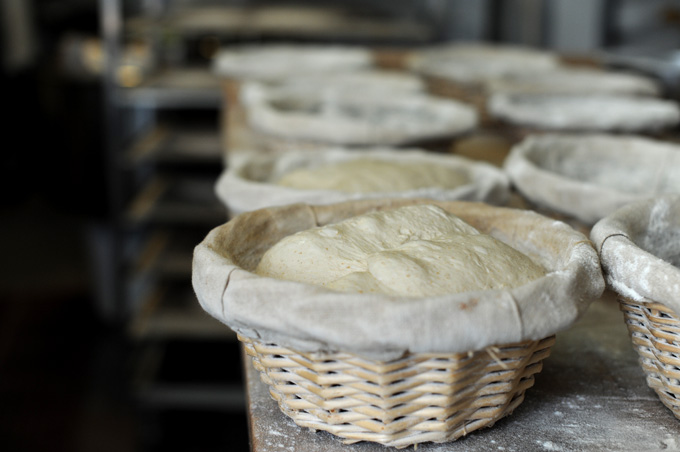
What do you most enjoy about the bakeries?
I loved meeting the bakers. In particular, I absolutely loved meeting Kathleen at Della Fattoria. Richard took the time to take me on a tour and introduce me to the bakeries in the area, and she adores Richard. They have a lovely rapport, and she is a warm, strong, generous woman; I wanted to stay longer and learn from her. Meeting Steve from Acme Bakery was wonderful. I found Belinda at Patisserie B warm and funny and possibly baking better French patisserie than the French! Also, spending an afternoon with Michel Suas from The San Francisco Baking Institute was a huge privilege.
What was the highlight?
I don’t think there could be a baker in the world who would disagree that hanging out with the Tartine bread baking team is about as cool as baking gets. It was just as amazing as I had hoped for. After a few days, I found myself inadvertently calling the bakery Tar – team. It is a tight space to work in, but there is a real buzz and an equal balance of male and female bakers, which was fantastic. (It was so male-orientated when I was training.) I especially love Chrystal and her sense of mischief, and Aris and the front-of-house staff who looked after me with strong coffee and pastries when I was feeling a bit tired and jet-lagged.
The bread team are seriously good at what they do, but they also laugh and mercilessly take the mickey out of each other in that affectionate way that people do when they are more like family than family. It was a reminder of how good it is actually to work in a bakery; the banter, camaraderie and laughter was infectious. Truthfully, I felt quite tearful leaving. I really miss that kind of atmosphere and energy, and perhaps it was simply the 3-year anniversary of Mott Greens’ death, but I felt a strong sense of connection instantaneously that I cannot explain. It was very beautiful and reminded me of the joy and abandon I used to feel when I worked in the bakery in Nadaillac as a girl.
At the centre of the team is Richard Hart, Tartine’s head baker, and Chad’s right-hand man. Richard is actually British, from East London. As you might well imagine, he has a great work ethic, equalled by a wicked sense of humour and an unrivalled knowledge of naturally leavened bread. As a hands-on manager, he bakes from the heart and can be found working with the dough as part of the production team. Having the chance to stand back and observe, it is clear that Richard also never stops thinking. His knowledge is accentuated by a creative streak, and you can practically hear his mind ticking as he develops ideas and flavours with an instinct I have rarely seen before; it didn’t come as a surprise to realise that it was Richard who developed the bread recipes in Tartine’s third book. So, to answer the question … the absolute highlight of my trip was doing some recording with Richard. Being around such an amazing baker was inspiring: for me, there is no greater gift than inspiration.
Did you get to meet Chad Robertson in the end?
Yes. In the end, Chad did pop into the bakery for a couple of days. It seemed that absolutely everyone loved to stop and chat with Chad. So yes, I got to chat, during which time I met half of the neighbourhood; almost everyone who walks past stops to pass the time of day. It is a warm community, and Chad seems very much part of it. We met briefly three times during my stay. I spent most of my time in the bakery and with baker Richard Hart, who actually did all the baking. Eventually, I recorded some interesting audio. However, Chad was incredibly busy and in Rome for the first part of my visit. He is in the middle of an exciting new project, building large versions of the bakery for up-scale production. I hope he retains the love and friendship of the people who work with him as he grows the business; this is the real secret to this bread.
Do you have any recordings of Chad Robertson chatting?
Did you get your books signed by Chad?
Of course!
Do I have some Tartine starter?
Yes… Richard Hart Gave me some Tartine starter to take home and some bread. I have incorporated it into my starter and have kept the Tartine one as my wholegrain starter
Will I be selling it? Er, no, but I am happy to gift a starter to anyone who brings a pot to me for personal use only.
Did you visit any other bakeries?
I managed to visit about a dozen other bakeries, tried the sourdough, and met the bakers from Acme Bakery, the San Francisco Baking Institute, Patisserie B, Della Fattoria where Richard Hart worked), Craftsman and Wolves, Arizmendi Bakery, Boudin Bakery, Nightingale Bakery, The Neighbour Bakehouse, and several others, all making fabulous sourdough.
What did you think of Boudin Bakery?
It was not to my taste. That is all I’m saying.
Did you learn anything new about sourdough?
Yes, lots, there is always something to learn, especially about the future of sourdough and the direction of artisan bread. I think one of the key things was learning about the flour and observing the production methods first-hand. I learnt a lot about the history of sourdough from bread historian and author William Rubel. William and I have been chatting on his bread history group for a couple of years, and he has a unique insight into the history of bread. He is utterly gorgeous, and I can’t thank him enough for coming to meet me… William is currently writing a full history for the University of California.
What ideas will you use from your trip?
The most important information was the full picture of San Francisco Sourdough, but the ideas that most inspired me were actually from Tartine Bar. The food was absolutely incredible, and I found myself pouring over a recipe book that had sat and languished on my bookshelf for a long time. The whole approach set me on fire, so ironically it wasn’t so much the sourdough but the extension of the fermentation that I will integrate into what I do here.
Will you go back?
After tasting such amazing bread I am not sure I could resist returning.
Update 2024
Richard Hart Opened Hart Bakery in Copenhagen and is now building a new bakery called Green Rhino in Mexico.
Please take a look at his new book.
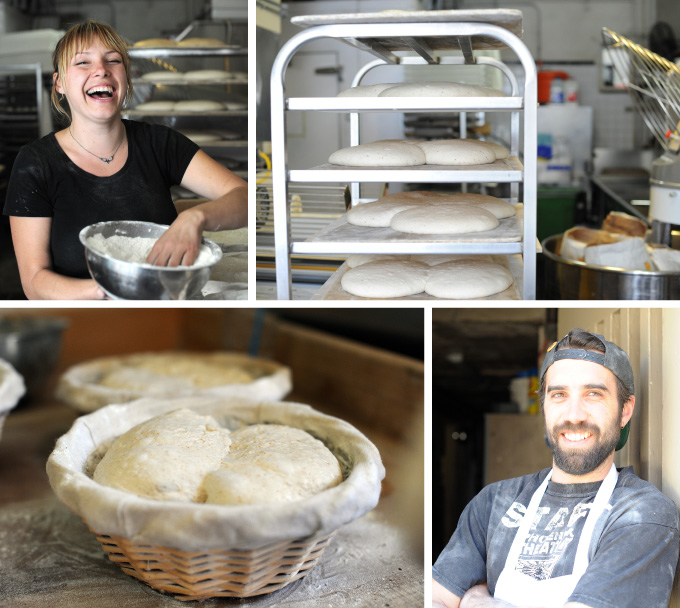
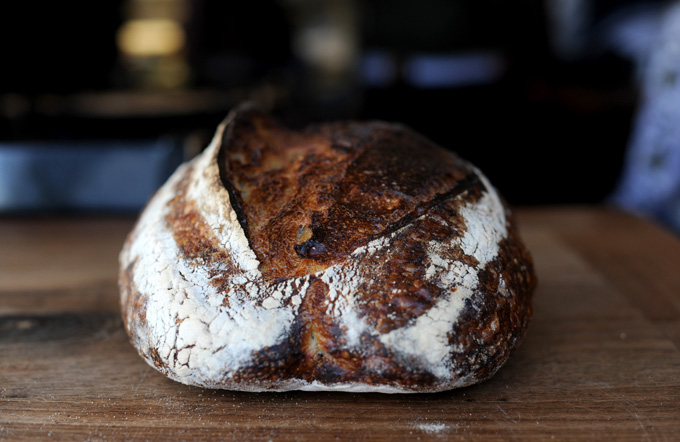
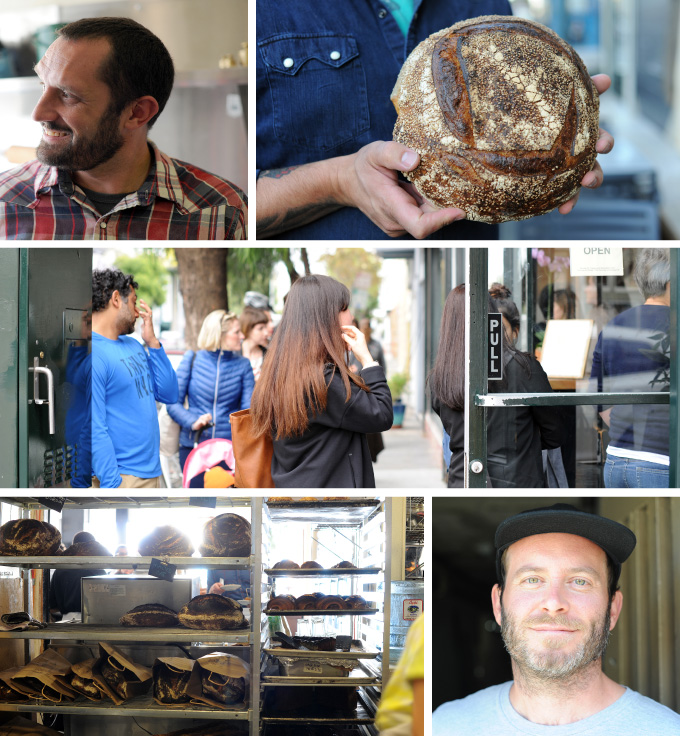
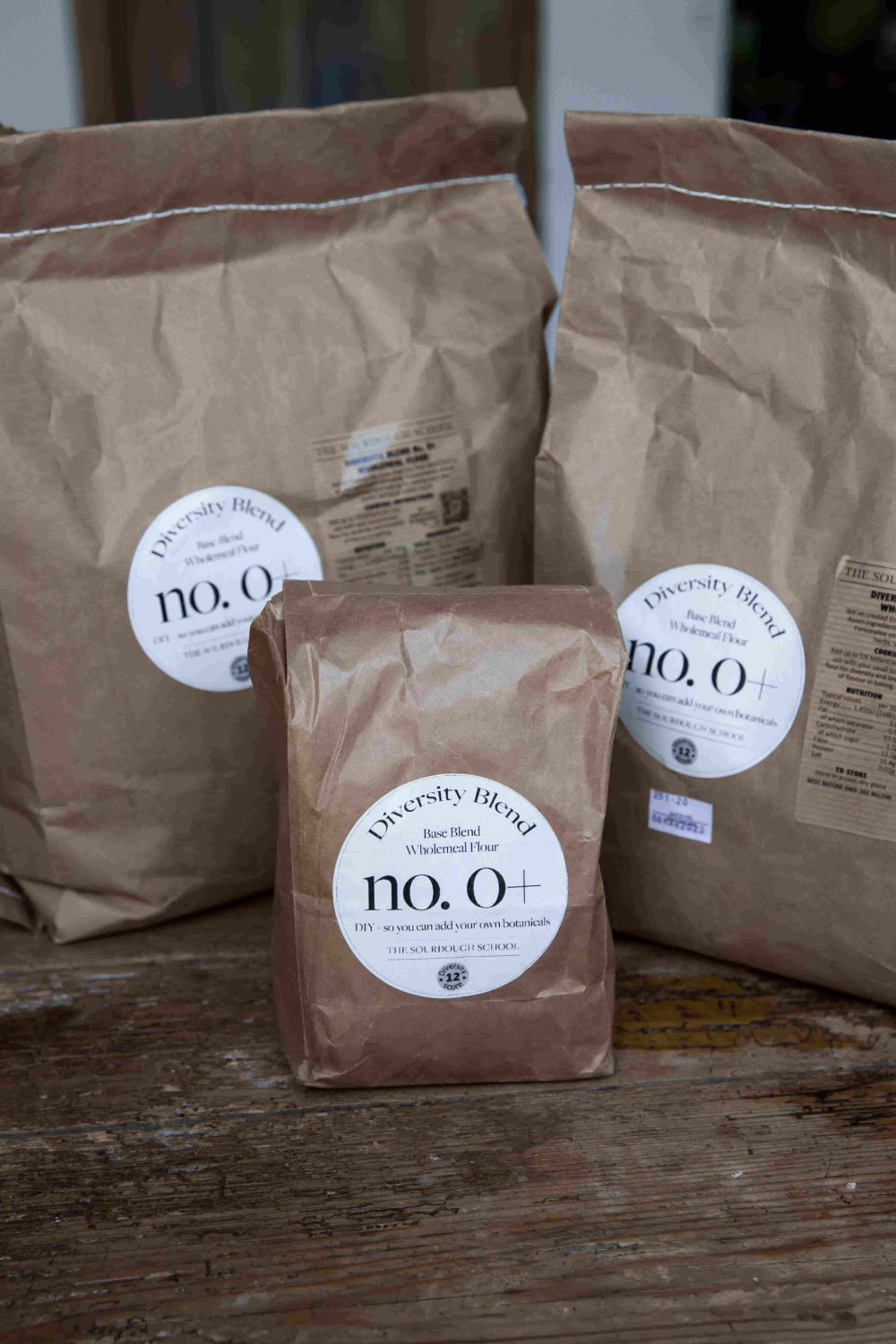
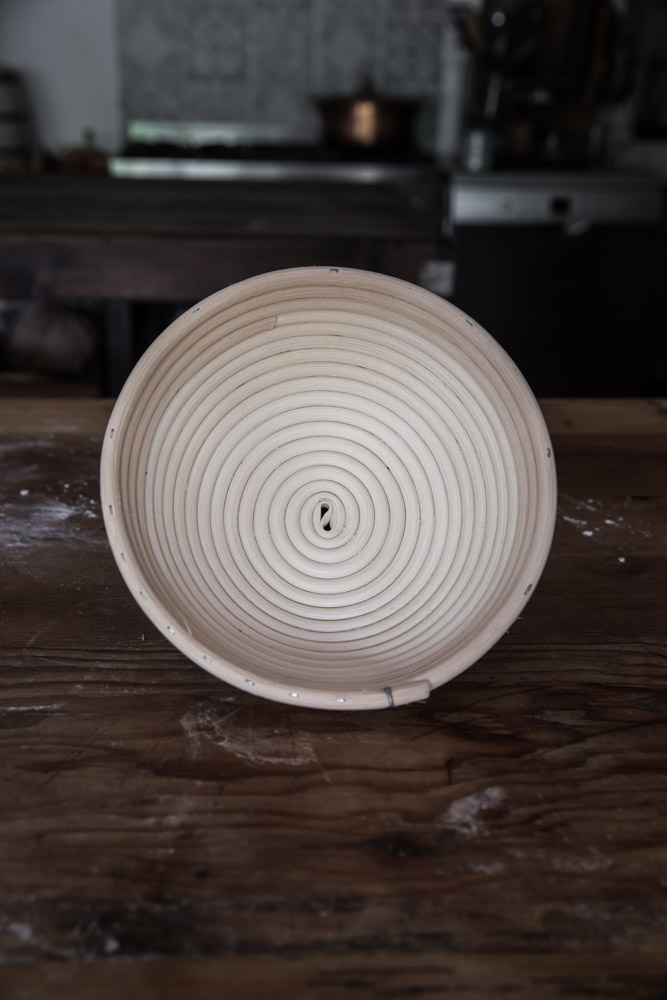
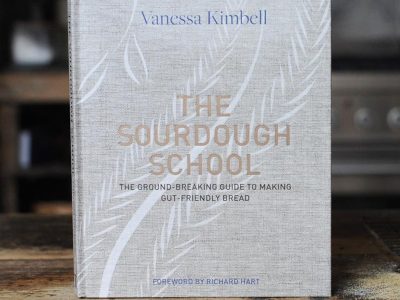
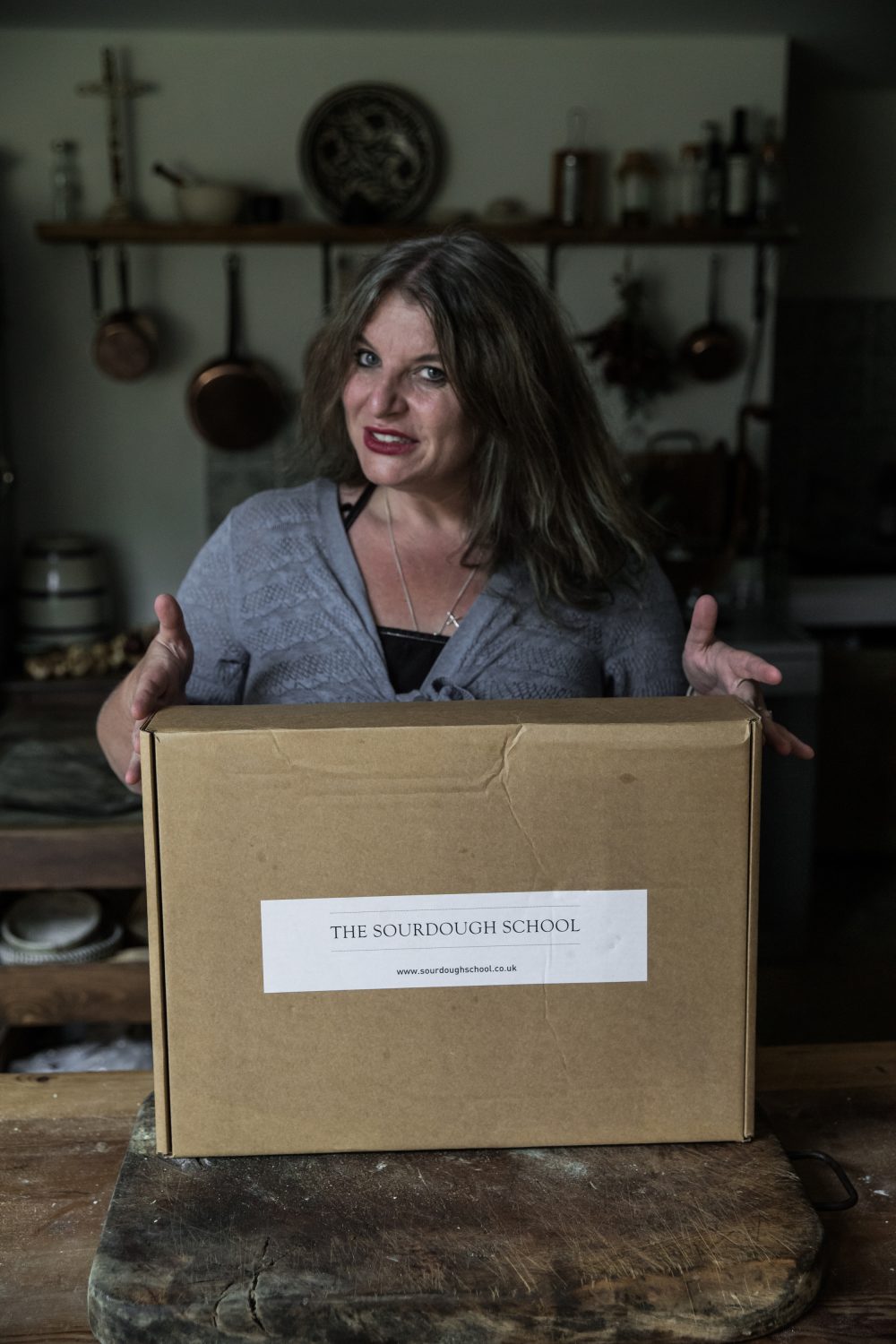
 Sourdough Recipe – From Charlotte Pike’s book Fermented
Sourdough Recipe – From Charlotte Pike’s book Fermented
Great post! Your insight into the industry from the behind the scenes and historic perspective.. fantastic! Most people can appreciate the bread .. the product of a lot of hard work: research, trial and error and labor of love. Baking bread is a more than the commercialized, industrialized method of the past 40 years.. its revival back to the roots benefits everyone. Nutritionally speaking, Taste! Flavor and Craft.
Each bakery/ baker adds a new nuance via their interpretation of bread. It maybe just flour, water, leaven, salt… but the combinations permutations are almost infinite in the complexity of interpretation and execution. Because if all SF sourdough was boudin… oh boy what fun is that? 😉
Keep it up. You, Chad and the dedicated artisans of the ART of Baking… Thank you.
I recently visited Tartine, but the crowds, parking and timing (bread wasn’t ready for sale yet) denied me a opportunity to purchase a loaf. I guess there is always next time..
I want to buy San Francisco sourdough bread for sandwiches. I want to know if I buy a loaf of this bread is it genuine sourdough bread and good for the children and me. I have no time to bake and must rely on bread bought at the usual supermarket, so is San Francisco sourdough ok ugh bread good, real?